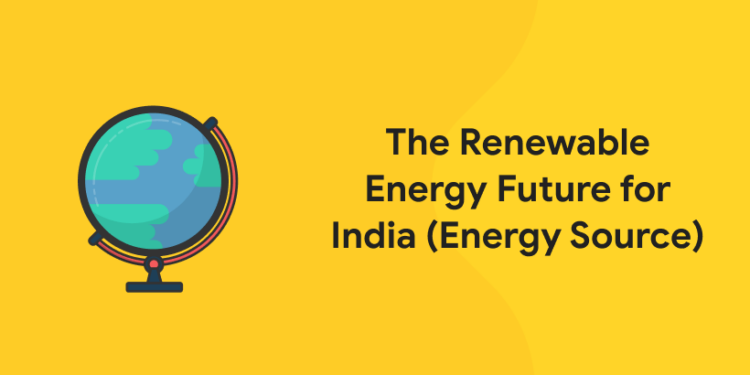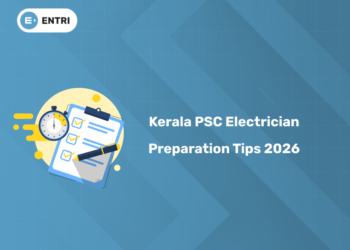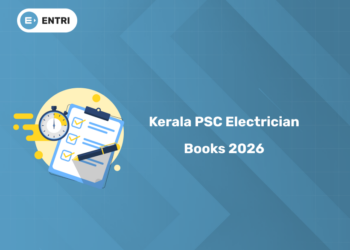Table of Contents
India’s energy requirement rate is rising steeply. At present the major part of our energy mix consists of fossil fuels like coal, natural gas etc. which are getting depleted at an alarming rate. It also causes global warming and climate changes. The best way forward for India is to take the path of energy efficiency and renewable power generation like wind power generation and solar electricity generation. It is imperative to utilize these huge renewable power sources to conserve the non renewable resources and to save our planet earth.
Effects of Non Renewable Resources on Environment
Fossil fuel like coal, oil, and natural gas have contributed to one-third of global greenhouse gas emissions. India is one of the largest coal consumers in the world and imports costly fossil fuel. Close to 74% of the energy demand is supplied by coal and oil. According to the World Resource Institute Report 2017, India is responsible for nearly 6.65% of total global carbon emissions, ranked fourth in the world. It is hence essential to find cleaner ways of generating electricity.
Almost all forms of electricity generate waste, for eg. natural gas releases carbon dioxide and nitrogen oxide. These gases lead to air pollution and smog which can release sulfur dioxide and nitrogen oxide into the atmosphere.
Nuclear energy produce dangerous solid wastes which can remain radioactive for thousands of years, causing cancer and genetic mutations in humans and animals. It also alters the soil’s chemical composition, making it unsafe for local wildlife and potentially killing off plant species.
Attempt Free Current Affairs Tests! Register Here!
Renewable Energy Resources in India
1: Who was the first woman President of India?
Renewable electricity growth is accelerating faster than ever, supporting the emergence of the new global energy economy. Indian government has designed policies and programs to attract foreign investments to ramp up the country in the renewable energy market at a rapid rate. The renewable energy sector is expected to create huge job opportunities in the coming years.
The primary objective for deploying renewable energy in India is to advance economic development, improve energy security, improve access to energy, and mitigate climate change. Sustainable development is possible by use of sustainable energy and by ensuring access to affordable, reliable, sustainable, and modern energy for the citizens.
India’s renewable energy ambitions can help reach the government’s multiple goals of climate resilience, employment generation, energy independence, and economic development. According to a new and updated NRDC, CEEW and SCGJ report, “India’s Expanding Clean Energy Workforce: Opportunities in The Solar and Wind Energy Sectors,” expanding clean energy has huge employment and economic potential: reaching its goal of 500 GW of non-fossil fuel energy sources by 2030, India can create 3.4 million new clean energy jobs providing employment to over a million people. These will go a long way in improving livelihoods, building climate resilience, and supporting India’s national clean energy and employment goals, all at the same time.
Dr Arunabha Ghosh, CEO, CEEW said: “India’s ambitious renewable energy targets provide an opportunity to deliver on jobs, growth and sustainability while transitioning to a low-carbon economy. The upcoming Union Budget must especially focus on scaling up rooftop solar, mini and microgrid systems, and domestic solar manufacturing to maximize the employment opportunities in the sector. Further, to accelerate the deployment of solar parks and increase the uptake of decentralized renewable energy applications such as solar pumps and rooftops in rural India, it would be critical to train the rural youth and make them employable in various parts of the renewables ecosystem.”
Renewable energy in India comes under the purview of the Ministry of New and Renewable Energy (MNRE). Newer renewable electricity sources are targeted to grow massively by 2022, including a more than doubling of India’s large wind power capacity and an almost 15 fold increase in solar power from April 2016 levels.
In terms of renewable energy sources under the responsibility of the Ministry of New and Renewable Energy by April 2016, wind power was the leading source of renewable power with 26.9 GW installed capacity, almost two thirds of the total renewable power installed capacity. Next came solar power with 6.8 GW installed capacity and biomass power with 4.8 GW accounting for 15.8% and 11.3% of the total renewable power installed capacity. Small hydro power accounted for 4.3 GW and waste-to-power accounted for just over 0.1 GW installed capacity. Total installed renewable power capacity in this category was just under 43 GW by April 2016.
Attempt Free Current Affairs Tests! Register Here!
Electricity consumption in India has been increasing at one of the fastest rates in the world due to population growth and economic development. India faces the challenge of keeping pace with the demand, and there are energy shortages almost everywhere in the country. For economic as well as environmental reasons India needs to shift to non-polluting renewable sources of energy to meet future demand for electricity. Renewable energy will allow decentralized distribution of energy – particularly for meeting rural energy needs, and thereby empowering people at the grass roots level. The present business model needs to be changed from a centralized to a decentralized structure that allows all stakeholders including capital investment coming from state-owned investors, pension funds, and foreign countries.
Solar energy is the free source of inexhaustible energy available to all. India should utilize this energy to the fullest as it is the most cost-effective option. Solar energy does not need grid services to provide power for individual homes and buildings. India’s present generation capacity is about 200,000 MW. India can increase grid-connected solar power generation capacity to over 200,000 MW and wind energy to over 100,000 MW by 2030 if the right resources and energy policies are developed. To achieve this, India must develop and implement smart business models and favorable policies as quickly as possible.
Attempt Free Current Affairs Tests! Register Here!
The key point to clear an exam lies in methodical and planned preparation. If you are a candidate who wants to pursue your dream career and looking for a good start, Entri App has got it covered for you. Entri App provides a great online platform for all those aspiring to appear for various bank exams, government exams and other competitive exams. Our team of experts provide short and precise video classes which helps in learning the concepts. Users get access to flash cards and quizzes and can attempt unlimited mock exams with the same pattern as that of the real exams. We also provide PDFs of previous years’ question papers with solutions.












